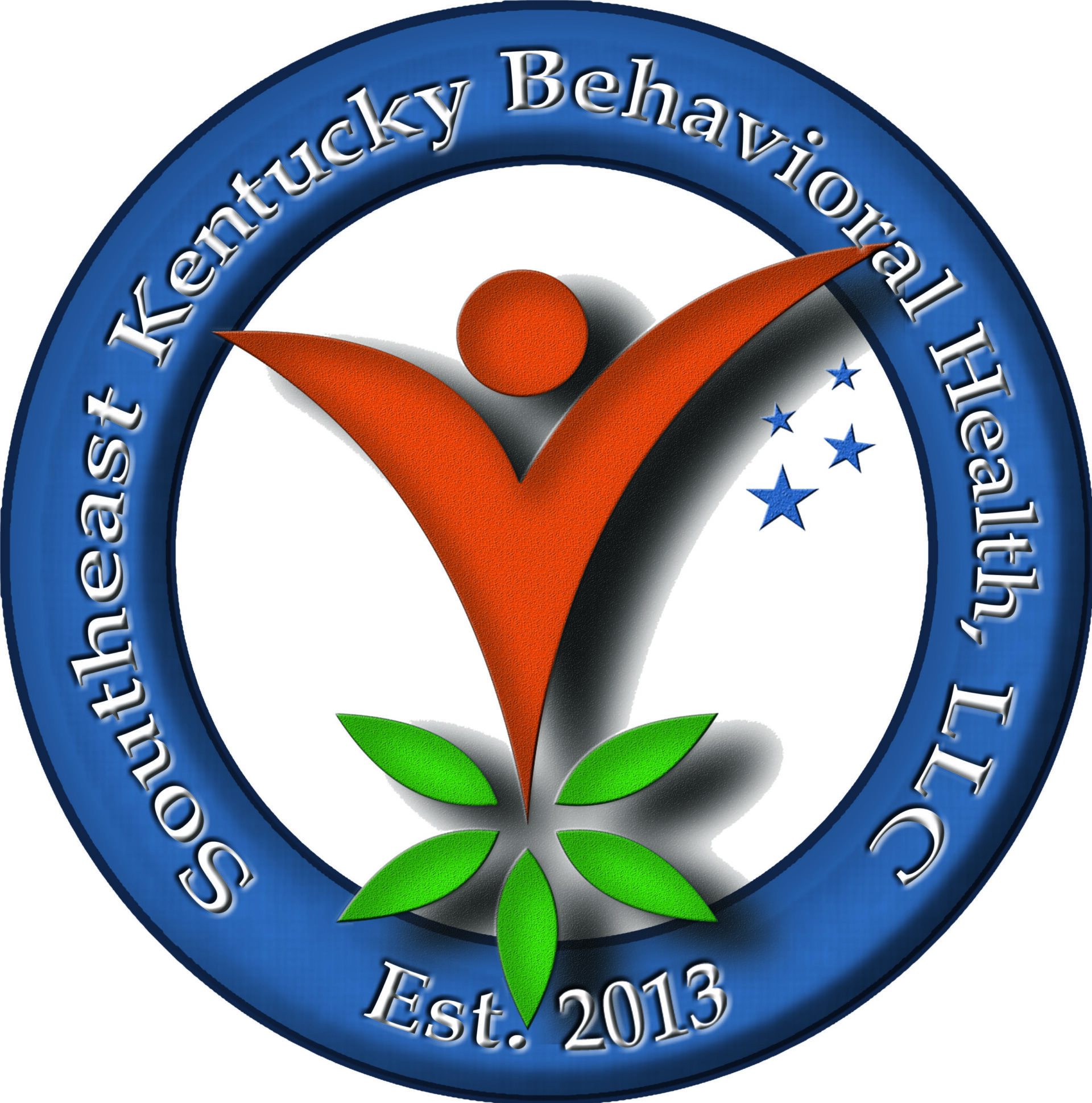Am I Able to Be Happy? Understanding the Science and Strategies of Happiness

The pursuit of happiness is a fundamental human aspiration. However, many wonder, “Am I able to be happy?” Understanding happiness, its contributing factors, and strategies to foster it can help answer this question and unlock a more fulfilling life.
What is Happiness?
Happiness is often defined as a state of well-being characterized by positive emotions and life satisfaction (Diener et al., 1985). It encompasses both momentary pleasures and long-term contentment. The “science of happiness” examines how biological, psychological, and social factors influence this emotional state.
The Biology of Happiness
Research indicates that happiness has a genetic component, with up to 50% of individual differences attributed to hereditary factors (Lyubomirsky et al., 2005). This does not mean happiness is predetermined; environmental factors and intentional actions play a significant role in shaping emotional well-being.
Brain chemistry also influences happiness. Neurotransmitters such as dopamine, serotonin, and endorphins are known as the “feel-good chemicals,” regulating mood and promoting positive feelings (Nestler & Malenka, 2004).
Can Everyone Be Happy?
While challenges such as mental health conditions or adverse life circumstances may hinder happiness, research shows that everyone has the potential to experience it. The “happiness set point” theory suggests that people tend to return to a baseline level of happiness after significant life events (Brickman et al., 1978). However, intentional practices can shift this baseline, fostering sustained happiness.
Strategies to Cultivate Happiness
1. Practice Gratitude
Gratitude is a powerful tool for enhancing happiness. Expressing appreciation for the positive aspects of life increases well-being and reduces stress (Emmons & McCullough, 2003).
2. Build Strong Relationships
Social connections are critical for happiness. A study from Harvard found that the quality of relationships is the strongest predictor of life satisfaction (Waldinger & Schulz, 2010). Cultivating meaningful relationships can create emotional support and joy.
3. Engage in Meaningful Activities
Purpose and meaning in life are strongly correlated with happiness (Ryff & Singer, 1998). Engaging in work, hobbies, or volunteerism that aligns with personal values fosters fulfillment and positivity.
4. Practice Mindfulness
Mindfulness practices, such as meditation, reduce stress and promote emotional well-being. By focusing on the present, individuals can cultivate a sense of calm and contentment (Kabat-Zinn, 1990).
5. Prioritize Physical Health
Regular exercise, a balanced diet, and adequate sleep improve mood and energy levels. Physical activity, in particular, releases endorphins, known as natural mood enhancers (Herring et al., 2010).
6. Set Realistic Goals
Setting and achieving goals, even small ones, can create a sense of accomplishment and increase happiness. Focusing on progress rather than perfection helps maintain motivation and optimism (Locke & Latham, 2002).
7. Limit Comparisons
Comparing oneself to others often leads to dissatisfaction. Practicing self-compassion and focusing on personal growth fosters a positive self-image and happiness (Neff, 2003).
Seeking Professional Help
For individuals facing chronic unhappiness or mental health challenges, seeking help from a therapist or counselor can provide valuable support and strategies. Cognitive-behavioral therapy (CBT), for example, is effective in addressing negative thought patterns and enhancing well-being (Beck, 2011).
Conclusion
Happiness is a multifaceted experience influenced by genetic, psychological, and environmental factors. While challenges may arise, everyone has the capacity to cultivate happiness through intentional practices such as gratitude, mindfulness, and building meaningful connections. By prioritizing mental, emotional, and physical health, individuals can unlock their potential for joy and fulfillment.

This article has been written by John S. Collier, MSW, LCSW. Mr. Coller has over 25 years of experience in the social work field. He currently serves as the executive director and outpatient patient behavioral health therapist at Southeast Kentucky Behavioral Health, LLC based out of London Kentucky. He may be reached by phone at 606-657-0532 extension 101 or by email at [email protected].
References
- Beck, J. S. (2011). Cognitive behavior therapy: Basics and beyond. Guilford Press.
- Brickman, P., Coates, D., & Janoff-Bulman, R. (1978). Lottery winners and accident victims: Is happiness relative? Journal of Personality and Social Psychology, 36(8), 917-927.
- Diener, E., Emmons, R. A., Larsen, R. J., & Griffin, S. (1985). The satisfaction with life scale. Journal of Personality Assessment, 49(1), 71-75.
- Emmons, R. A., & McCullough, M. E. (2003). Counting blessings versus burdens: An experimental investigation of gratitude and subjective well-being in daily life. Journal of Personality and Social Psychology, 84(2), 377-389.
- Herring, M. P., O’Connor, P. J., & Dishman, R. K. (2010). The effect of exercise training on anxiety symptoms: A meta-analysis. Psychosomatic Medicine, 72(6), 465-474.
- Kabat-Zinn, J. (1990). Full catastrophe living: Using the wisdom of your body and mind to face stress, pain, and illness. Delacorte.
- Locke, E. A., & Latham, G. P. (2002). Building a practically useful theory of goal setting and task motivation: A 35-year odyssey. American Psychologist, 57(9), 705-717.
- Lyubomirsky, S., Sheldon, K. M., & Schkade, D. (2005). Pursuing happiness: The architecture of sustainable change. Review of General Psychology, 9(2), 111-131.
- Neff, K. D. (2003). Self-compassion: An alternative conceptualization of a healthy attitude toward oneself. Self and Identity, 2(2), 85-101.
- Nestler, E. J., & Malenka, R. C. (2004). The addicted brain. Scientific American, 290(3), 78-85.
- Ryff, C. D., & Singer, B. H. (1998). The contours of positive human health. Psychological Inquiry, 9(1), 1-28.
- Waldinger, R. J., & Schulz, M. S. (2010). The long reach of nurturing family environments: Links with midlife emotion-regulatory styles and late-life security in intimate relationships. Psychological Science, 21(11), 1540-1548.




